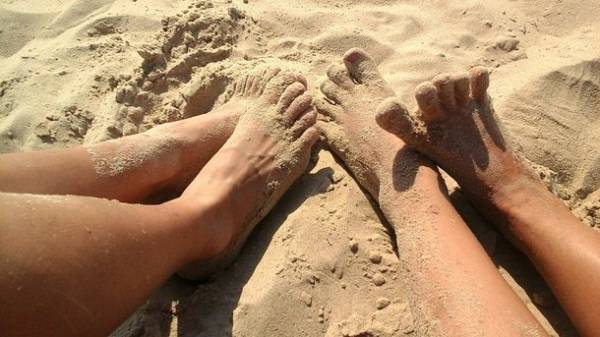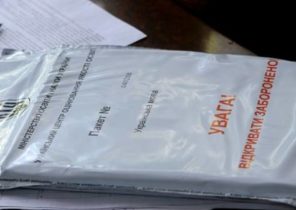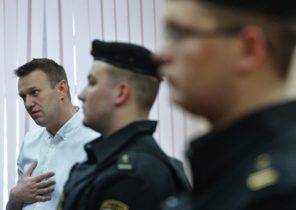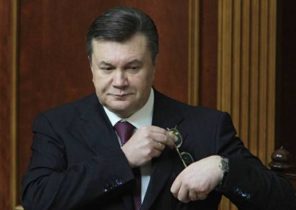
In addition to the conspicuous swelling of the veins, symptoms of varicose veins include aching pain and a feeling of heaviness in the legs, and muscle spasms. Due to local hematoma blood could leave the veins, and then in places on the legs appear ulcers reports budzdorovstarina.ru.
The mechanism of occurrence of varicose veins is to impairment of the valve system in the veins. Blood that carries nutrients to the cells of the body, pumped by the heart through the arteries to the legs. Giving nutrients, blood returns to the heart through a system of veins, which have valves that let the blood pass in one direction only.
If there are one or more of the factors mentioned above, the good functioning of the valves, this leads to the swelling and distortion of the veins, i.e. varicose. Age and excess body weight, especially in the hips and waist, contribute to the appearance of this pathology. With age, the valves and veins are weakened, reduced muscle mass and their strength, which leads to disruption of blood flow to the heart and increase the risk of developing varicose veins. As a result of leaking valves, the blood accumulates in the veins causing them to stretch.
SEE ALSO
- How to pump up the legs at home: exercises and tips
Any activity that impairs blood flow or narrows the blood flow may cause varicose veins. Prolonged standing or sitting, weight lifting, running long distances, sedentary lifestyle and obesity are aggravating factors.
Clothing that is too tight, including shoes or boots, restricts blood circulation and can be the cause of varicose veins do not allow blood to flow properly through your body. Tight belts, pantyhose, tight boots and shoes, especially high heels, shutting off circulation, forcing the blood to seek alternative routes or causing back pressure on the veins. On the other hand, rubberized stockings help improve circulation, if they are more slim around the ankle, gradually reducing pressure at the height of the legs. These compression stockings can be chosen according to doctor’s instructions.
Tips on how to “hide” veins in the legs:
- Try not to stand on feet for a long period of time – this will reduce the pressure on the valves in leg veins. If you are pregnant, or if your profession puts a lot of load on the legs, wearing elastic compression stockings.
- Standing up, stand on tiptoe, lifting your heels off the floor, then return to the starting position. Do this twenty times, relax for a few minutes, then repeat. This exercise strengthens your calf muscles and promotes blood circulation.
- Your job or hobby may be the cause of your varicose veins. If too long you stand or sit in one position, it can lead to poor circulation, and crossing legs at the same time exacerbates the problem. Change work conditions and seat, arrange mini-breaks referred to in the preceding paragraph (exercise). Varicose veins do not happen overnight, so a mitigation of symptoms will take some time. Be patient.
- Heat dilates blood vessels, so veins become more visible after a hot shower or bath. Try a short cold shower after a hot. Cold water can temporarily hide veins.
- Raise your legs whenever possible to reduce pressure in the legs. Use a chair or Ottoman when reading or watching TV, or if you read in bed, put under foot cushion.
- Overweight also exacerbates the problem. Exercise and nutrition for weight loss very helpful for the relief of symptoms of varicose veins.
- Jump rope to strengthen the leg muscles and blood vessels. Start out slowly, increasing exercise, a jump first for one minute a day, gradually increasing the exercise time to 5 minutes.
- RUB the feet with some soothing lotion, lanolin, or massage oil to relax the muscles of the legs and improve circulation. Rubbing produce lightly upward palms or fingertips, sometimes squeezing my feet – this will help strengthen the flow of blood from the veins of the legs up toward the heart.






